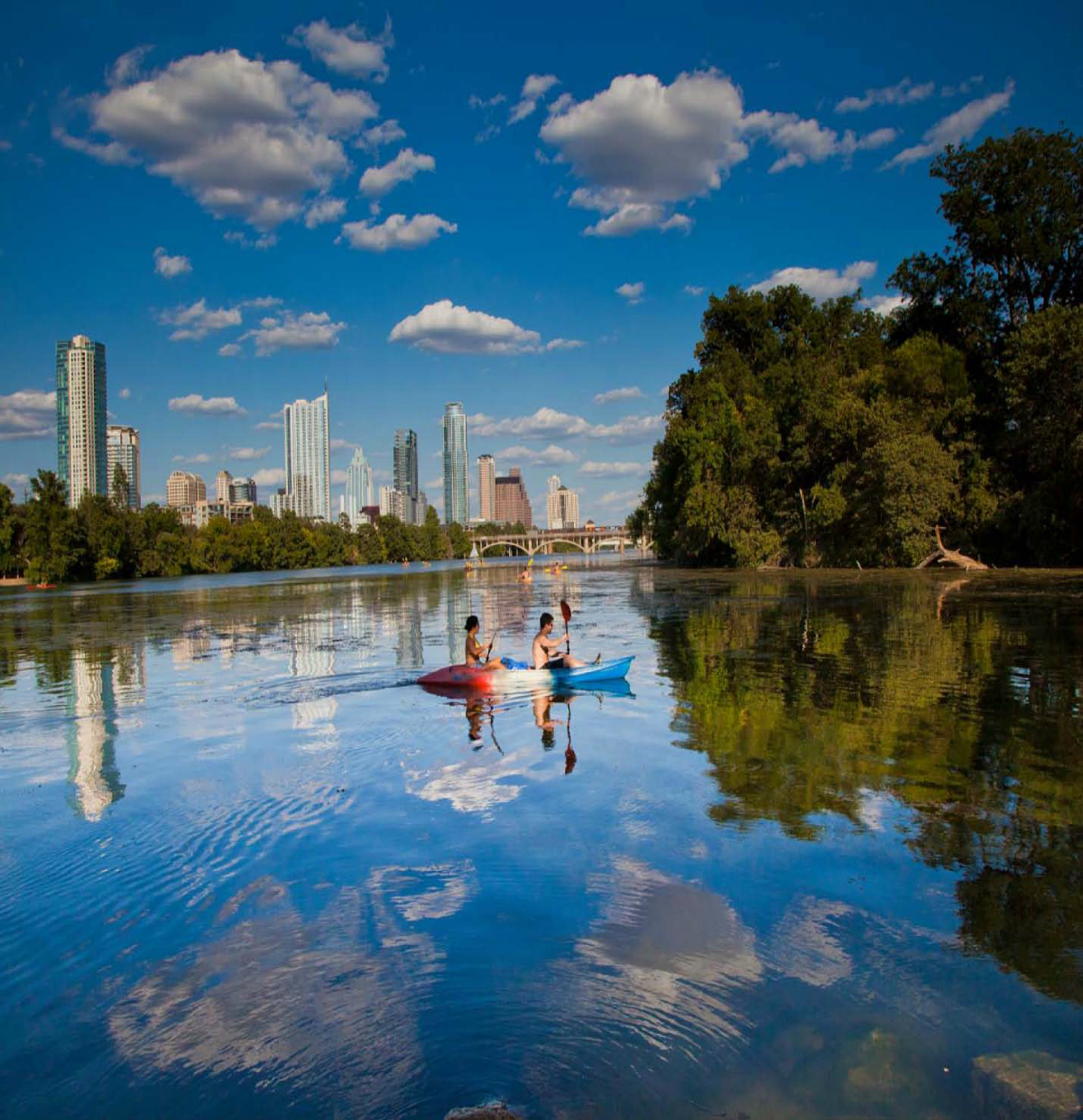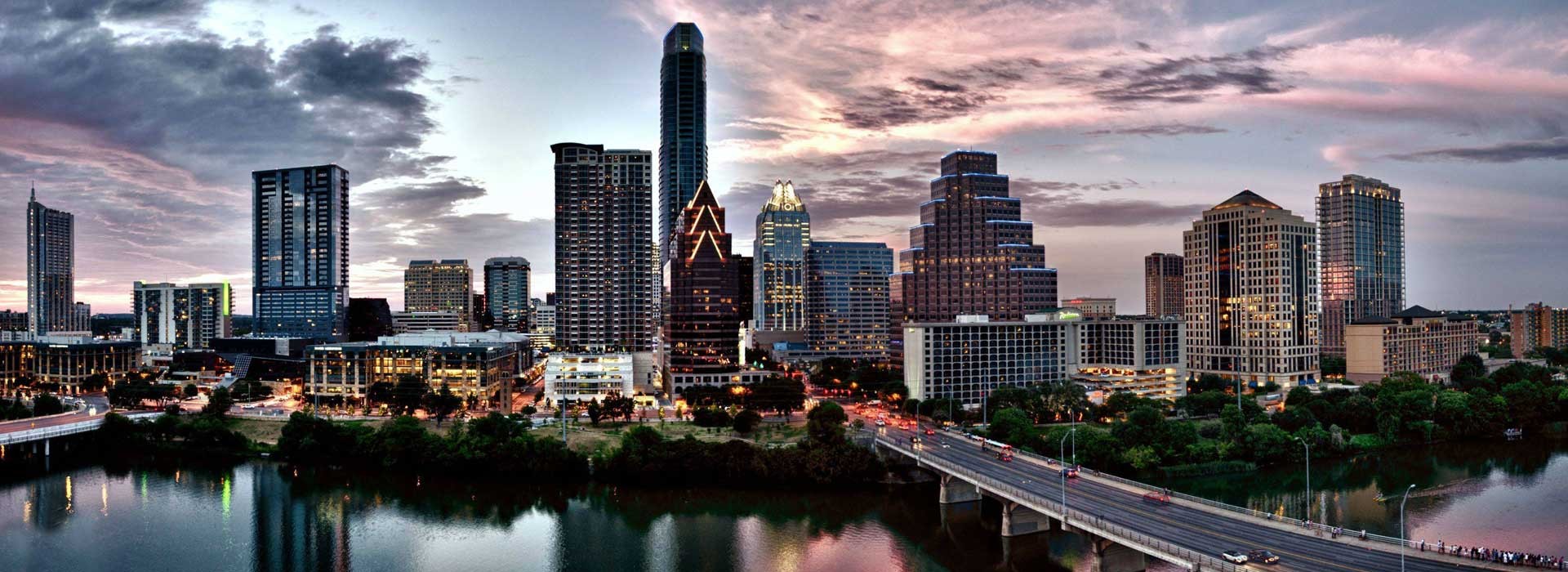Growth and city form
Natural resources
The high-growth northern areas of San Antonio and Bexar County are bordered by environmentally sensitive natural resources. These include the Edwards Aquifer (one of the most important and sensitive aquifers in Texas), steep slopes of the Texas Hill Country, 100-year floodplain and critical wildlife habitats. The Comprehensive Plan Initial Studies showed that nearly 30% of land available for development in these sensitive areas was constrained. The topography also makes providing water and sewer service in those areas costly and difficult.
The City of San Antonio historically relied almost entirely on a single source of water, the Edwards Aquifer. With the creation of San Antonio Water System (SAWS), we have made great strides towards developing a sustainable supply of water for residents with water management planning, diversification of supply and an award-winning conservation program. While we still face challenges related to regulations, extreme weather and demand for water associated with outdoor irrigation, we continue to innovate.
One of these initiatives is the Twin Oaks Aquifer Storage and Recovery plant that stores water underground for peak use or drought. A more recent SAWS water supply diversification project is the Vista Ridge Pipeline. Although the 142-mile pipeline will provide the largest non-Edwards Aquifer water supply in the City’s history, consideration of and unanimous SAWS and City Council commitment to the project allowed for significant community debate regarding water reliability, SAWS rate restructuring and conservation and landscape irrigation controls.
Our City also leads in water conservation efforts, including the largest direct water recycling program in the nation—using recycled water to irrigate parks, golf courses, lawns, and the River Walk. Our continued efforts to address develop new diversification and conservation solutions will help ensure a more sustainable future for our community.


